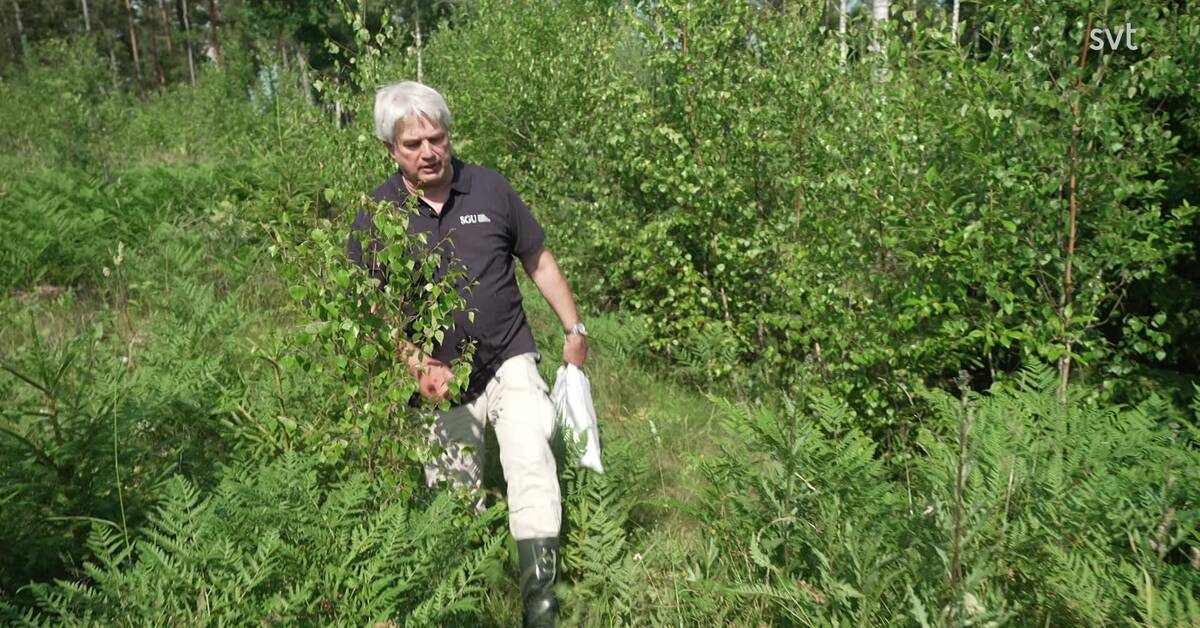The low levels in Swedish groundwater are most noticeable in so-called "small reservoirs", ie in smaller water sources that are sensitive to variations in precipitation.
In almost all of Sweden, the levels in these are lower than what is normal for this time of year.
For the more than a million Swedes with their own well, this can become apparent.
- They may have problems with their water supply later in the summer.
There can also be problems with water quality - there can be salt in coastal areas, says Bo Thunholm at the Swedish Geological Survey, SGU.
Water shortage in drinking water sources
SGU, together with SMHI, issues warnings when areas are at risk of water shortages.
In 15 of Sweden's 21 counties, there is such a risk right now, regarding water taken from smaller water sources.
But even in larger sources of water, which often consist of pebble ridges, the low levels of groundwater are noticeable.
In five counties, there is also a risk of water shortages in the large reservoirs, ie larger water sources from which municipal drinking water often comes.
The reason for the low groundwater in smaller water sources is that there have been low levels of precipitation since March, according to SGU.
In the larger water sources, the low levels are due to a deficit of precipitation over a longer period.
Seasons changed
The fact that the seasons have changed is also a reason for the low water levels.
And with a different climate, it is expected in the future to become more common that groundwater levels are low, according to Bo Thunholm.
- The difference is that we get a reduced snowmelt in the spring, because it is more rain than before in the winter.
Then we do not get the powerful filling of the groundwater that we are used to.

